From the Field Researchers and entrepreneurs bring back forgotten gems: underutilized crops transformed into healthy snacks
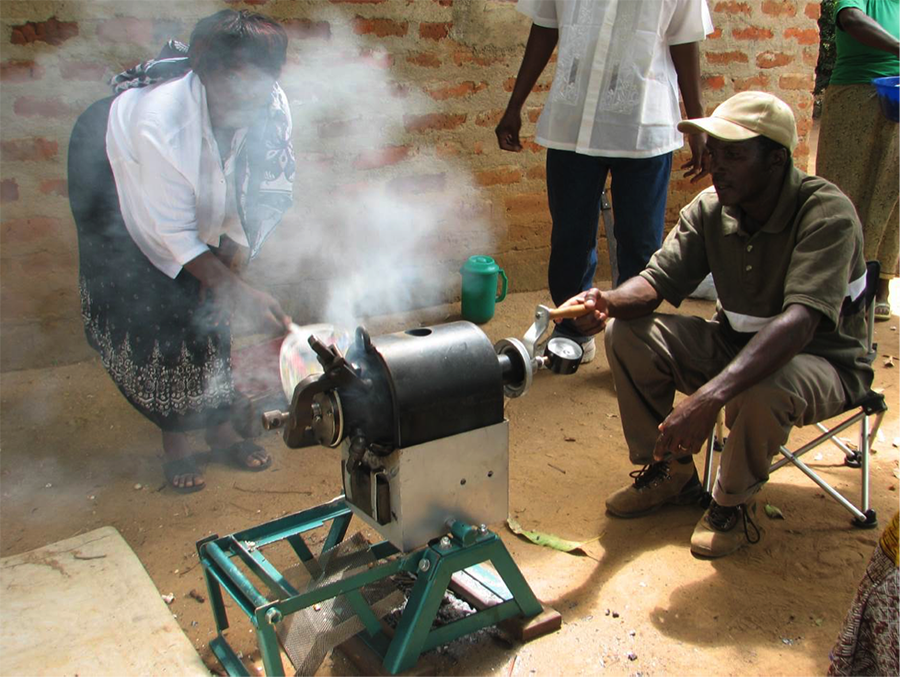
Researchers are exploring innovative technologies that could offer alternative organic, nutritious, and readily available yet affordable snacks.
Considering the triple burden of malnutrition facing most countries globally, many organizations dedicated to research, nutrition and health organizations have developed campaigns to educate people on the importance of healthy eating habits. Researchers are also exploring innovative technologies that could offer alternative organic, nutritious, and readily available yet affordable snacks.
To understand the global rise in malnutrition, it is necessary to look at pre-existing factors in the food system. In addition to purchasing power, what is available in the food environment (markets and farms) directly affects people’s food purchasing and eating choices, the quality of their diets, and consequently their diet-related health outcomes. Studies show an association between increased availability of healthy foods and better quality diets, which result in better health outcomes.
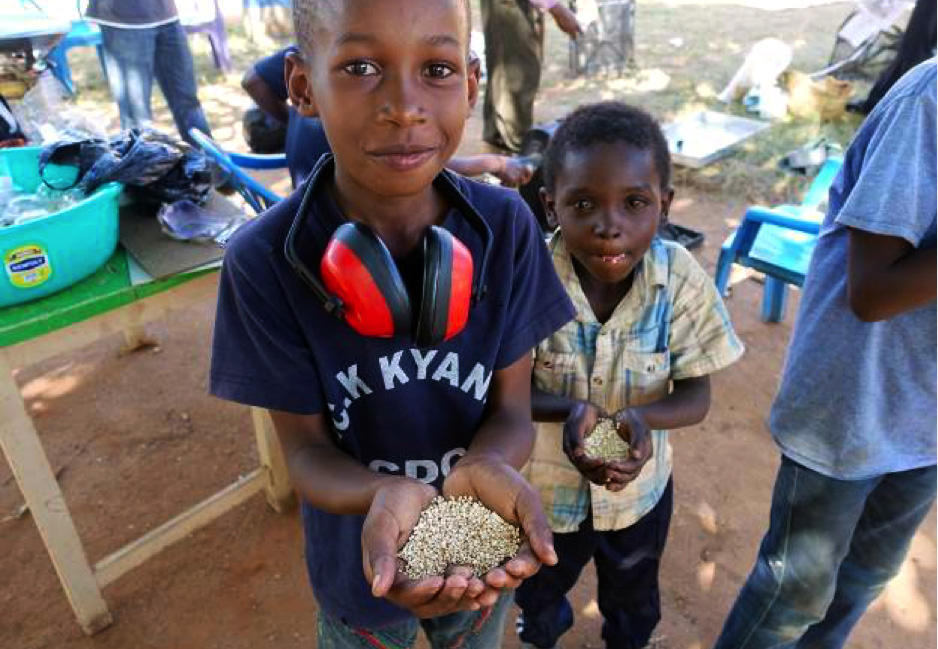
Kenyan children enjoy a popped snack, an alternative way to consume local cereals. Credit: Y.Morimoto
Introducing ‘pressure popping’
Pressure popping is a technique that uses heat pressure to turn different grains into snacks (depicted in this video). It is an intervention that the Alliance of Bioversity International and CIAT pioneered in collaboration with the Japan Association for International Collaboration of Agriculture and Forestry (JAICAF), IEDA Confectionary Limited, (a Japanese company), and the National Museums of Kenya. The Japanese Ministry of Agriculture and Forestry and Fisheries (MAFF) provided financial support.
The initiative was borne out of research findings and lessons that indicated local and urban disparities, including escalating hunger and malnutrition; and diminishing awareness and consumption of diverse, nutritious traditional foods.
Our focus is to re-introduce these traditional food crops in communities, demonstrate local benefits, and encourage their cultivation and consumption in novel forms other than the conventional preparation methods of porridge and ugali, which can be monotonous and boring, especially to children and youth.

Value addition to the popped cereals includes snack bars, ‘Kashata’. Credit: Y.Morimoto
Most cereals like pearl millet and sorghum are drought-resistant and packed with essential nutrients like amino acids, fibre, iron, magnesium and zinc. Once popped through pressure heating in 5-7 minutes, the cereals and pulses are consumed in diverse ways. This includes their immediate state as puffed grains or as snack bars through shaping and fortifying with other ingredients and flavours, popularly known as ‘kashata’ among Muslim communities.
The machine was locally manufactured by DK engineering LTD Company, based in Nairobi, Kenya, and introduced to community self-help groups and entrepreneurs in the counties of Kitui, Migori, Embu, Bomet and Kakamega, who learned how to use it to produce healthy snacks for their own consumption and for income generation through product sales.

The popping machine is fueled by readily available wood. Credit: Y.Morimoto
The machine can pop any grain, cereal and pulse including maize, rice, sorghum, millet, green grams, soy beans and lablab beans. It uses minimal wood fuel, which is readily available in many rural communities in Kenya and Africa. An advanced version of the machine that is powered by gas and electricity is also available.
The popped cereals are consumed in households and also sold, thereby simultaneously enhancing diet diversity and economic activity. The snacks are further enriched with natural and locally available flavours like baobab, turmeric, cinnamon, ginger, hibiscus and honey; nuts and fruits like groundnuts, sesame seeds and mangoes, among others. The snacks are sold in small affordable bars of 10-20 Kenya shillings (approximately $10-20 cents) each.
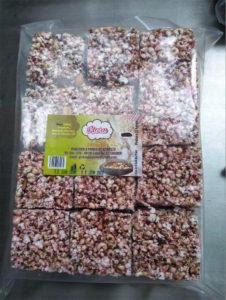
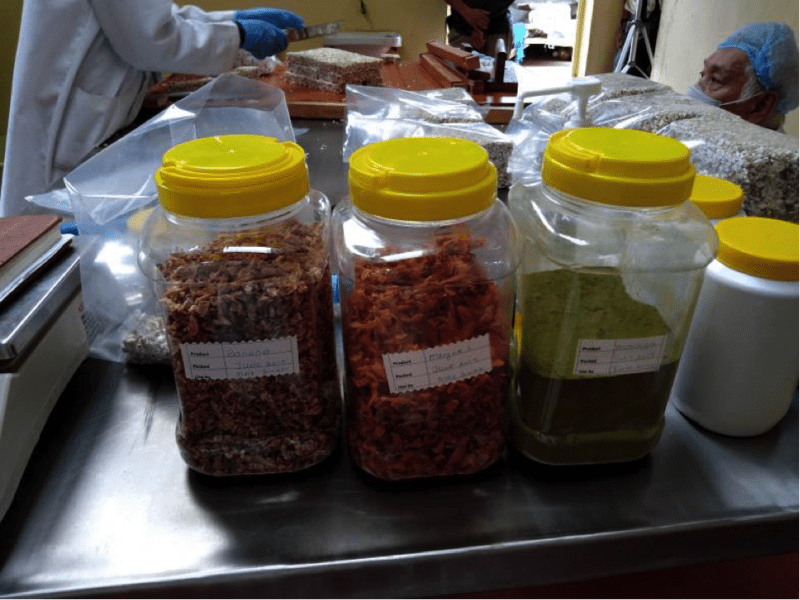
Reception thus far
The positive reception of the idea by the community is a clear indication that with continued awareness campaigns about both the technology and alternative snack– with emphasis on consumption of underutilised cereals, pulses and other local food ingredients— can be a step towards curbing food insecurity and hunger. This presentation of alternative affordable, accessible and healthy foods will help people embrace healthier eating habits especially when choosing snacks, in addition to diversifying local food environments.
Mr. Elizaphan Gichangi, a local entrepreneur from Embu County, bought the machine in 2016. He says the venture has enhanced the cultivation and consumption of otherwise underutilized grains like sorghum and pearl millet in the area. Mr. Gichangi sources his raw materials from Embu and surrounding counties like Meru and Tharaka Nithi where the cereals are grown. He says his demand for the cereals has triggered interest among locals who want to know more and are now planting and consuming the grains.
According to one of his regular customers, the snack bar is easier to pack for children to consume while in school. She finds them sweet and healthy compared to what she previously gave her children like mandazis and potato crisps. Mr. Gichangi boasts of improved income that is on a steady rise. He envisions expanding the business beyond Embu, to supply the snacks to other towns in Kenya and internationally.

Local intervention provides income and job opportunities. Credit: Y.Morimoto
In addition to popping….
Alternative snack-making machines exist that are even cheaper and more portable than the pop cereal machine. The ‘hand-grill’ and ‘puff cracker’ technologies each cost less than a quarter of the price of the pressure-popping machine, and are easily maintained machines since they require little technical expertise and are operated by one person. Whereas the pressure-popping machine converts grains to snacks, the cracker utilizes flours of sifted from cassava, wheat, rice, pearl millet, maize, amaranth, sorghum and finger millet among others to make the snacks.
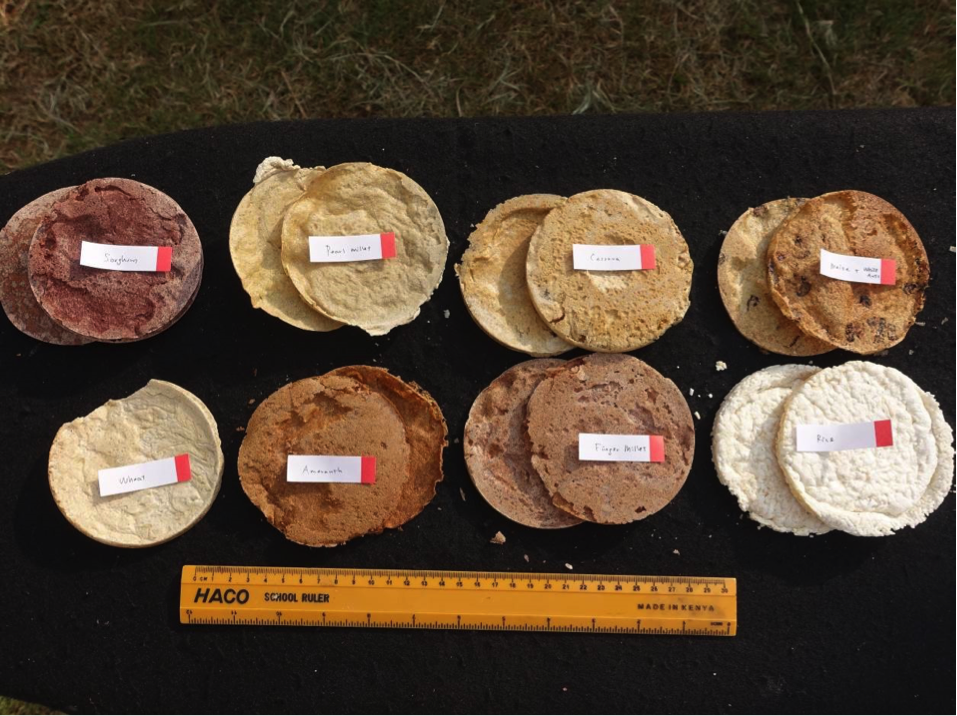
Puffed crackers made from a variety of local cereals. Credit: Y.Morimoto
These technologies can help overcome many societal challenges by creating employment (especially if taken up by youth and women group), while also curbing food insecurity, food wasting and malnutrition. Use of these machines is an ongoing activity in various counties, and has the potential to expand, as the concept has been positively received in several stakeholder meetings.
Scientists from the Alliance of Bioversity International and CIAT are working directly with private entrepreneurs, youth and women groups, policy makers and development organizations to continue creating new opportunities that facilitate the use of underutilised food crops and conservation of local agrobiodiversity.
